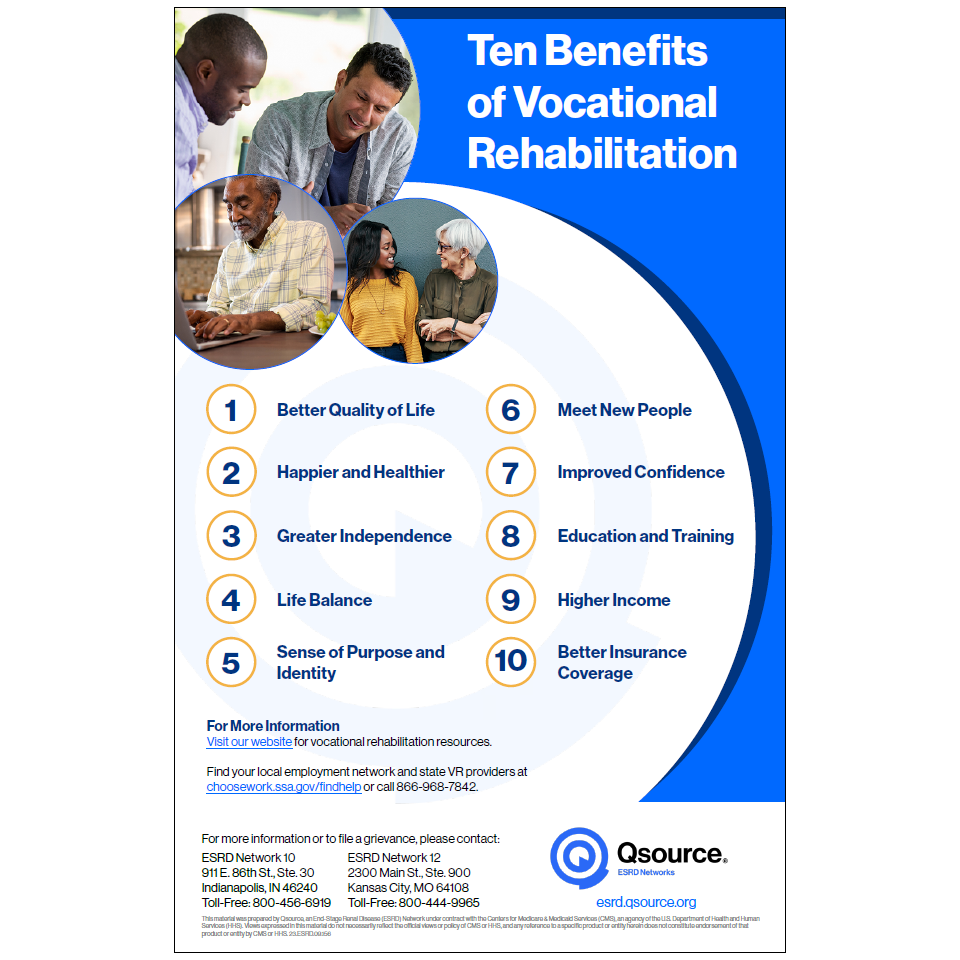Getting The Narconon Africa To Work
Getting The Narconon Africa To Work
Blog Article
Unknown Facts About Narconon Africa
Table of ContentsRumored Buzz on Narconon AfricaAn Unbiased View of Narconon AfricaNarconon Africa Can Be Fun For AnyoneThings about Narconon AfricaNarconon Africa Fundamentals ExplainedThe smart Trick of Narconon Africa That Nobody is Talking AboutNarconon Africa for Beginners
In a series of papers with Manudeep Bhuller and Katrine V. Lken, we get over these information difficulties and the nonrandomness of jail time, providing new insights right into just how imprisonment influences recidivism, employment, kids, and criminal networks - Drug-free detoxification. Number 1 Our work studies the effects of imprisonment in Norway, a setting with two essential benefitsWe can better connect this info to other relative, including kids and brother or sisters. We have information on co-offending that permits us to map out criminal networks for observed criminal offenses. Second, we can take advantage of the arbitrary assignment of criminal situations to courts who vary in their propensities to send out offenders to jail.
Some judges send accuseds to prison at a high price, while others are extra forgiving. We gauge a judge's stringency as the average incarceration rate for all various other cases a court deals with, after regulating for court and year fixed impacts, which is the degree of random project. This quasi-random project of judge stringency can be used as a tool for imprisonment, as it strongly anticipates the court's choice in the current instance, but is uncorrelated with other situation features both deliberately and empirically.
The 4-Minute Rule for Narconon Africa
Qualities of detainees, including demographics and crime groups, are broadly comparable in Norway and various other countries, including the United States, with the exceptions that the US murder price is a lot higher, and race plays a bigger role there also. What stands apart as different, specifically compared with the USA, is the prison system.
Number 2In Norway, the average time invested in jail is a little over 6 months, which resembles most other Western European countries. This contrasts with average US jail time of nearly 3 years, which is in huge part the reason the United States is an outlier in its incarceration price compared to the remainder of the world [Number 1]
The Ultimate Guide To Narconon Africa
This offers a lot more separation between small and solidified lawbreakers than exists in the USA. There is no congestion in Norwegian prisons and better personal safety, with each detainee being appointed to their own cell and a higher inmate-to-staff ratio than in the United States (https://www.pubpub.org/user/elma-hernandez). Prisons in Norway additionally offer well-funded education, drug treatment, mental wellness, and work training programs
Our research on the results of incarceration on the transgressor, making use of the arbitrary project of courts as an instrument, returns three essential findings. Jail time dissuades additionally criminal habits. We find read the article that incarceration reduces the likelihood that a person will reoffend within five years by 27 percentage points and lowers the corresponding variety of criminal charges per individual by 10 charges.
The Definitive Guide for Narconon Africa
We discover large reductions in reoffending probabilities and collective charged criminal activities even after offenders are launched from prison. Our 2nd result is that predisposition as a result of option on unobservable specific features, if neglected, brings about the wrong verdict that time invested behind bars is criminogenic. If we just compare criminal accuseds sentenced versus those not imprisoned, we locate positive associations between imprisonment and subsequent crime.
This stands in comparison to our analysis based upon the arbitrary assignment of courts, which discovers an opposite-signed result. Third, the reduction in criminal offense is driven by people who were not working before incarceration. Among these individuals, imprisonment raises involvement in programs routed at improving employability and minimizing regression, and this eventually raises work and incomes while discouraging criminal habits.

Jail time creates a 34 percentage factor boost in engagement in job training programs for the formerly nonemployed, and within 5 years their employment rate increases by 40 percent points. At the same time, the likelihood of reoffending within five years is cut by 46 percentage points, and there is a decline of 22 in the typical variety of criminal costs.
The Greatest Guide To Narconon Africa

A probable description for the difference is that Norway's jail system differs significantly, both in terms of prison-term length and jail problems, from the United States jail system. While comprehending the effects of imprisonment on the wrongdoer is an important initial action, recording spillover impacts is additionally vital for examining criminal justice policy and developing reliable prison systems.
The Definitive Guide for Narconon Africa

Common least squares estimates disclose that children of incarcerated dads are 1 percent point much more likely to be charged with a criminal offense, about a mean of 13 percent, and show no impact on school qualities. Using our court stringency tool, we discover no statistical evidence that a dad's imprisonment affects a child's very own criminal activity or school qualities, however we are unable to rule out modest-sized impacts.
Excitement About Narconon Africa
We define criminal groups based on network web links to previous criminal situations. Our analysis yields three major searchings for. First, when a criminal network member is put behind bars, their peers' chance of being billed with a future criminal activity lowers by 51 percentage points over the following 4 years. Having an older brother incarcerated reduces the chance his younger sibling will certainly be charged with a crime by 32 percentage factors over the following four years.
Report this page